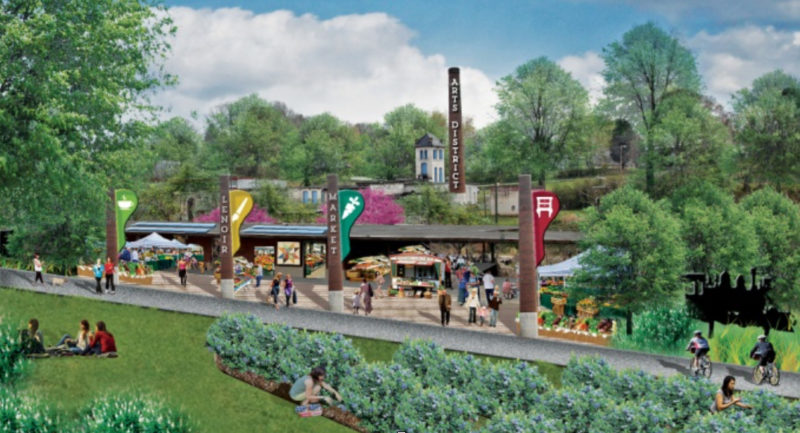

The old elevated Central Artery crossing is to the right.Īnother important motivation for the final form of the Big Dig was the abandonment of the Massachusetts Department of Public Works' intended expressway system through and around Boston. Zakim Bunker Hill Bridge over the Charles River under construction, looking north. Salvucci envisioned moving the whole expressway underground. MIT engineers Bill Reynolds and (eventual state Secretary of Transportation) Frederick P. Local businesses again wanted relief, city leaders sought a reuniting of the waterfront with the city, and nearby residents desired removal of the matte green-painted elevated road which mayor Thomas Menino called Boston's "other Green Monster" (as an unfavorable comparison to Fenway Park's famed left-field wall). The expressway had tight turns, an excessive number of entrances and exits, entrance ramps without merge lanes, and as the decades passed and other planned expressways were cancelled, continually escalating vehicular traffic that was well beyond its design capacity. Traffic jams of 16 hours were predicted for 2010. In 1959, the 1.5-mile-long (2.4 km) road section carried approximately 75,000 vehicles a day, but by the 1990s, this had grown to 190,000 vehicles a day.
#VENTURE FORTHE DOWNTOWN FULL#
There was chronic congestion on the Central Artery (I-93), the elevated six-lane highway through the center of downtown Boston, which was, in the words of Pete Sigmund, "like a funnel full of slowly-moving, or stopped, cars (and swearing motorists)." While traffic moved somewhat better, the other problems remained. Governor John Volpe interceded in the 1950s to change the design of the last section of the Central Artery, putting it underground through the Dewey Square Tunnel. Commissioner of Public Works William Callahan promoted plans for the Central Artery, an elevated expressway which eventually was constructed between the downtown area and the waterfront. As early as 1930 the city's Planning Board recommended a raised express highway running north–south through the downtown district in order to draw through traffic off the city streets. This project was developed in response to traffic congestion on Boston's historically tangled streets which were laid out centuries before the advent of the automobile. Traffic on the old, elevated Central Artery at mid-day in 2003 The Greenway was named in honor of Kennedy family matriarch Rose Fitzgerald Kennedy, and was officially dedicated on July 26, 2004.
#VENTURE FORTHE DOWNTOWN SERIES#
The Rose Fitzgerald Kennedy Greenway is a roughly 1.5-mile-long (2.4 km) series of parks and public spaces, which were the final part of the Big Dig after Interstate 93 was put underground. As a result of a death, leaks, and other design flaws, Bechtel and Parsons Brinckerhoff-the consortium that oversaw the project-agreed to pay $407 million in restitution and several smaller companies agreed to pay a combined sum of approximately $51 million. The Boston Globe estimated that the project will ultimately cost $22 billion, including interest, and that it would not be paid off until 2038. However, the project was completed in December 2007 at a cost of over $8.08 billion (in 1982 dollars, $21.5 billion adjusted for inflation, meaning a cost overrun of about 190%) as of 2020. The project was originally scheduled to be completed in 1998 at an estimated cost of $2.8 billion (in 1982 dollars, US$7.4 billion adjusted for inflation as of 2020 ). The Big Dig was the most expensive highway project in the United States, and was plagued by cost overruns, delays, leaks, design flaws, charges of poor execution and use of substandard materials, criminal arrests, and the death of one motorist. Planning began in 1982 the construction work was carried out between 19 and the project concluded on December 31, 2007, when the partnership between the program manager and the Massachusetts Turnpike Authority ended. Initially, the plan was also to include a rail connection between Boston's two major train terminals. Zakim Bunker Hill Memorial Bridge over the Charles River, and the Rose Kennedy Greenway in the space vacated by the previous I-93 elevated roadway.
The project also included the construction of the Ted Williams Tunnel (extending I-90 to Logan International Airport), the Leonard P. The Central Artery/Tunnel Project ( CA/T Project), commonly known as the Big Dig, was a megaproject in Boston that rerouted the Central Artery of Interstate 93 (I-93), the chief highway through the heart of the city, into the 1.5-mile (2.4 km) tunnel named the Thomas P. Boston's highway system before and after the Central Artery/Tunnel Project


 0 kommentar(er)
0 kommentar(er)
